Generality
Bread is a product belonging to the III group of foods, that is the one that affects cereals, tubers and their derivatives.
The bread recipe changes according to the kind of product you want to get. The base is composed of cereal flour containing gluten, raising agents and water; sometimes, there are added fats, salt, sugar and other condiments.
Bread proper, with the due exceptions, is generally composed of an external crust and an internal crumb. Dried and / or unleavened breads are different, generally flat and circular in shape, which can be crunchy (eg carasau bread, with yeast) or soft but compact (eg tortillas, without yeast).

Types
Bread, in its many varieties, is part of most of the world's dietary regimes. They are all different for:
- Type of flour or mixture (type of cereal, level of refining, presence of legume or tuber flour, etc.)
- Type of leavening agent (sourdough or sourdough, brewer's yeast, chemical yeast)
- Presence or not of salt
- Presence or not of seasoning fats and possibly the type (vegetable oils, lard, butter, milk)
- Presence or absence of other condiments or ingredients (spices, cured meats, oilseeds, whole grains)
- Presence or not of gluten
- Shape and size
- Cooking method (oven, plate, stone).
Broadly speaking, the bread making process is quite simple. On the other hand, baking is considered a real discipline; for many, it even constitutes an art.
There are dozens or even hundreds of various types of bread scattered all over the world. On the other hand, Italy is considered (like few other countries of the old continent) one of the "homelands of bread" and boasts as many types as there are localities on the entire peninsula.
Easy Bread Without Getting Your Hands Dirty
Problems with playing the video? Reload the video from youtube.
- Go to the Video Page
- Go to the Video Recipes Section
- Watch the video on youtube
Making Simple Bread
As anticipated, the procedure for making bread can also vary significantly depending on the type of recipe. However, for beginners who approach the world of cooking it is sufficient to first learn the mechanism and the basic logic.
Good bread is not necessarily the most complicated bread, or the one with the longest process. Furthermore, we remind you that, in addition to the type of ingredients, also the manufacturing and leavening processes help to structure the aromatic and gustatory bouquet of the food. In short, it is a really complicated matter.
As a starting point, it is sufficient to learn how to make simpler (leavened) bread; further down, both the list of ingredients and the procedure will be summarized in 9 fundamental points:
Ingredients for 800g of bread: 500g manitoba flour, 300ml water, 21% hydrated mother yeast or 35g dry mother yeast or 12g brewer's yeast or 3.5g dry brewer's yeast, 10g oil, 10g granulated sugar and 15g salt; keep a portion of flour on one side to correct the dough if necessary and to work it.
- Put the flour in a bowl
- In a glass, dissolve the yeast and salt in lukewarm water (about 35 ° C) with the oil
- Create a hole in the center of the flour, add the liquid, mix and knead until the dough becomes smooth and elastic (15-30 ")
- Leave to rise in the bowl covered with a damp cloth or cling film at 35Â ° C, until the dough doubles in volume (about 60 ")
- Break the leavening by kneading again, shape the bread (300-500g loaves or 100g loaves) and place on a dripping pan; then cover it and let it levitate the same way
ATTENTION! Poor dough processing, insufficient leavening and excessive leavening determine an excessive compactness of the crumb. In the first case, there is a poor formation of the gluten network; in the second, the yeasts do not release enough carbon dioxide to swell it and in the third, producing it too much, they break through it, letting the gases evaporate to the outside.
- Dust the loaves with flour or brush with milk or egg yolk and apply a cross cut
- Preheat the oven to 180Â ° C and bake for 25 "
- Cook until golden brown on the outside; knocking on the loaf, it must sound hollow, as if it were empty (due to the rigid crust and internal air chambers)
- Cool on a grill.
Nutritional Characteristics
From a nutritional point of view, due to the nature of its ingredients, bread represents a fundamental element of the so-called Mediterranean diet.
However, it should be remembered that it is a highly caloric food (roughly 220-290kcal / 100g), whose energy comes essentially from complex carbohydrates (starch and malto-dextrins); secondly, proteins with a medium biological value and mainly unsaturated lipids also contribute to the caloric intake. The percentages of the three energetic macronutrients vary considerably according to the type of flour, therefore depending on the cereal (or other) and the level of refining.
Depending on the ingredients, the level of cooking and the crumb / crust ratio, the bread is characterized by a medium or high glycemic index.
Bread also contains fiber, vitamins and minerals; if it involves the use of ingredients of animal origin, even bread can bring cholesterol.
Particularly overweight subjects, those suffering from hyperglycemia and / or hypertriglyceridemia must pay attention to the level of consumption of bread. If it contains gluten, it must be totally abolished in the celiac's diet; less frequent but still noteworthy is the possible presence of lactose (in milk or butter).
Other Cereals and Derivatives Amaranth Wheat starch Corn starch Rice starch Modified starch Oat starch Bulgur Whole grains Corn Flakes Crackers Oat bran Bran Cus cus Amaranth flour Oat flour Buratto flour Spelled flour Buckwheat flour Corn flour Corn flour Millet Barley flour Quinoa flour Small spelled flour (Enkir) Rice flour Rye flour Sorghum flour Flour and semolina Whole wheat flour Manitoba flour Pizza flour Spelled Rusks Focaccia Nuts Wheat or wheat Wheat germ Burnt wheat Buckwheat Breadsticks Oat milk Rice milk Corn Maizena Malt Millet Muesli Barley Stale bread Unleavened bread and Pita Bread Carasau bread Egg pasta Rice pasta Wholemeal pasta Piadina Small spelled Pizza Pop corn Baked goods Quinoa Rice Basmati rice Converted rice White rice Rice Wholemeal Parboiled Rice Puffed Rice Venus Rice Rye and Horned Rye Semolina Semolina Sorghum Spaghetti Spelled Teff Tigelle Triticale OTHER ARTICLES CEREALS AND DERIVATIVES Categories Food Alcoholics Meat Cereals and derivatives Sweeteners Sweets Offal Fruit Dried fruit Milk and derivatives Legumes Oils and fats Fish and fishery products Salami Spices Vegetables Health recipes Appetizers Bread, Pizza and Brioche First courses Second courses Vegetables and Salads Sweets and Desserts Ice creams and sorbets Syrups, liqueurs and grappas Basic Preparations ---- In the Kitchen with Leftovers Carnival Recipes Christmas Recipes Dietary Recipes Light Recipes Woman's Day, Mother's Day, Dad's Day Functional Recipes International Recipes Easter Recipes Recipes for Celiacs Recipes for Diabetics Holiday Recipes Valentine's Day Recipes Vegetarian Recipes Protein Recipes Regional Recipes Vegan Recipes


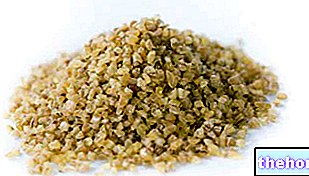
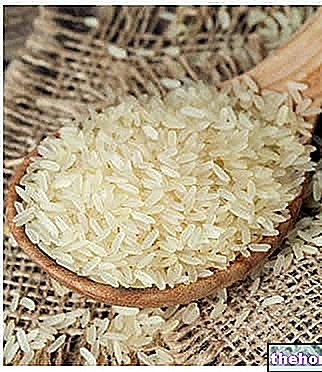
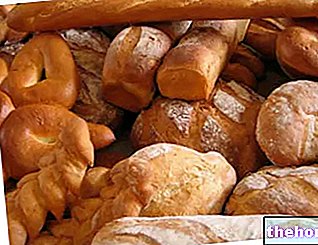
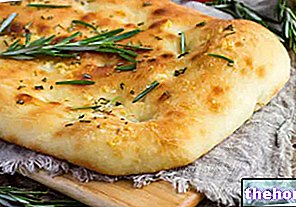
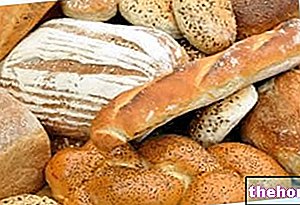









.jpg)











